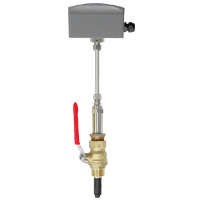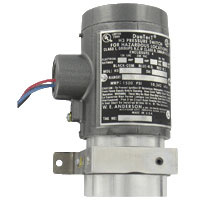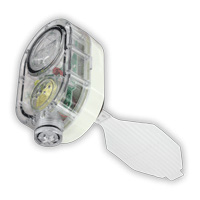Condensation Issues in Instrumentation Enclosures and How to Prevent Them
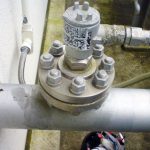 Many Dwyer Instruments, Inc. electrical products are connected to the receiver and power supply with wires that are run through electrical conduits. Often, the conduit passes through multiple ambient temperature zones in the building or plant installation.
Many Dwyer Instruments, Inc. electrical products are connected to the receiver and power supply with wires that are run through electrical conduits. Often, the conduit passes through multiple ambient temperature zones in the building or plant installation.
These temperature changes can cause water vapor condensation inside the conduit.
If this condensation flows into or forms in the instrument, it can create electrical shorts or lead to corrosion that can create an instrument failure. Continue reading “Condensation Issues in Instrumentation Enclosures and How to Prevent Them”
Ask the Expert – What are the differences between the Series 1950 and 1950G Explosion-proof Differential Pressure Switches?
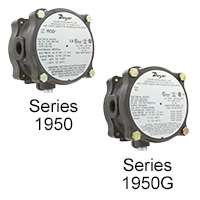
Question: What are the differences between the Series 1950 and 1950G Explosion-proof Differential Pressure Switches? Continue reading “Ask the Expert – What are the differences between the Series 1950 and 1950G Explosion-proof Differential Pressure Switches?”
Reducing Lead in Animal Watering Systems
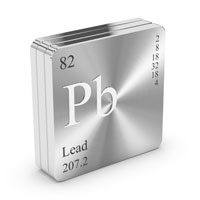 One of the most harmful and common substances to greatly affect people’s health is lead. Lead is a carcinogen which can be found in some percentage of most everyday materials. Varying forms of lead exposure can come from paint in older homes, dust, soil, and drinking water. To avoid health risk, individuals should take precautions to reduce or eliminate the possibilities of exposure. Ensuring and minimizing livestock and poultry exposure to lead contaminants helps to reduce human exposure via the food supply. Continue reading “Reducing Lead in Animal Watering Systems”
One of the most harmful and common substances to greatly affect people’s health is lead. Lead is a carcinogen which can be found in some percentage of most everyday materials. Varying forms of lead exposure can come from paint in older homes, dust, soil, and drinking water. To avoid health risk, individuals should take precautions to reduce or eliminate the possibilities of exposure. Ensuring and minimizing livestock and poultry exposure to lead contaminants helps to reduce human exposure via the food supply. Continue reading “Reducing Lead in Animal Watering Systems”
What is Radon, and Why are We Testing for it in Our Homes?
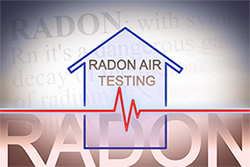 For anyone who has recently purchased or sold a home, they may have noticed a radon inspection clause in the purchasing agreement. What is radon, and why are we testing for it in our homes?
For anyone who has recently purchased or sold a home, they may have noticed a radon inspection clause in the purchasing agreement. What is radon, and why are we testing for it in our homes?
Radon is an odorless, colorless gas that is naturally released into the environment as a decay byproduct of radium. Radium is a decay byproduct of uranium which can be found in certain types of rock, soil, or water. Some areas have higher concentrations of radon due to the soil composition which leads to additional testing for radon. Continue reading “What is Radon, and Why are We Testing for it in Our Homes?”

